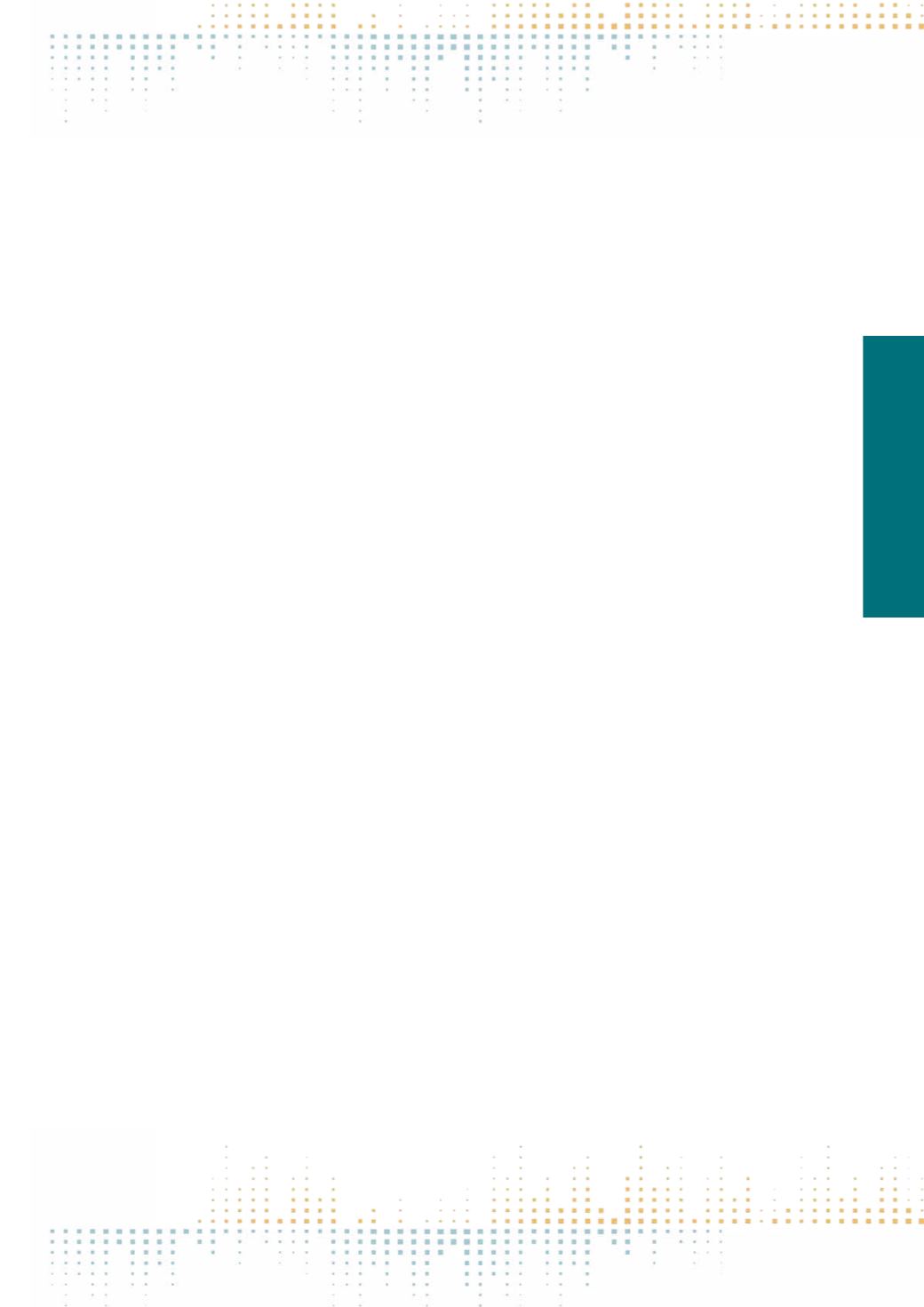

221
Thursday, November 10
1 6 : 3 0 – 1 8 : 0 0
from epistemological and historical perspectives. In the second part, instead, the paper looks at the journalists’ visions and concerns on surveillance and
the technological strategies they enact. The paper methodology is based on semi-structured in-depth qualitative interviews with 12 journalists working in
the field of digital rights or who are experts in digital security in Germany, Italy, United Kingdom, China and South Korea. Interviews have been conducted
over voice (1 hour long), email or online encrypted chat applications. The paper aims at shedding light on European, Chinese and South Korean journalists’
different approaches to digital surveillance and digital security tools through the lens of cultural andmedia systems comparisons. Moreover, the paper offers
a historical perspective on the evolution of surveillance from an analog to a fully digital environment, analyzing which are the new threats and challenges
journalists have to cope with during the practice of their work in different countries and territories. Essential reference list: Brunton, F., & Nissenbaum, H.
(2015). Obfuscation: A User's Guide for Privacy and Protest. Cambridge MA: MIT Press. Di Salvo, P., and Negro, G. (2015). Framing Edward Snowden: A com‑
parative analysis of four newspapers in China, United Kingdom and United States. Journalism, doi: 1464884915595472. Hallin, D. C., & Mancini, P. (eds.).
(2011). Comparing media systems beyond theWestern world. Cambridge: Cambridge University Press. Lyon, D. (2015). Surveillance After Snowden. Hobo‑
ken, NJ: JohnWiley & Sons. Schneier, B. (2015). Data and Goliath: The hidden battles to collect your data and control your world. New York, NY: WW Norton
& Company. Schneier, B., Seidel, K., & Vijayakumar, S. (2016). AWorldwide Survey of Encryption Products. Berkman Center Research Publication, (2016–2).



















